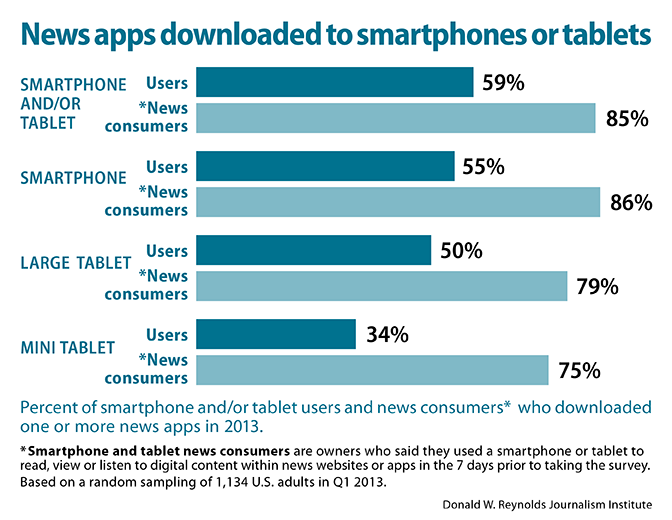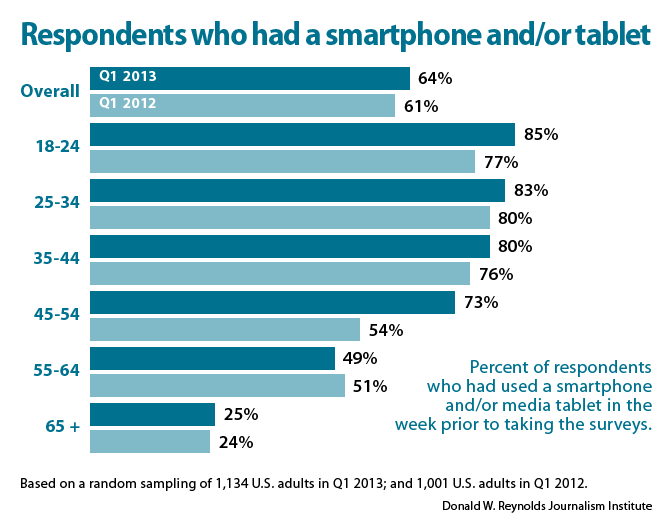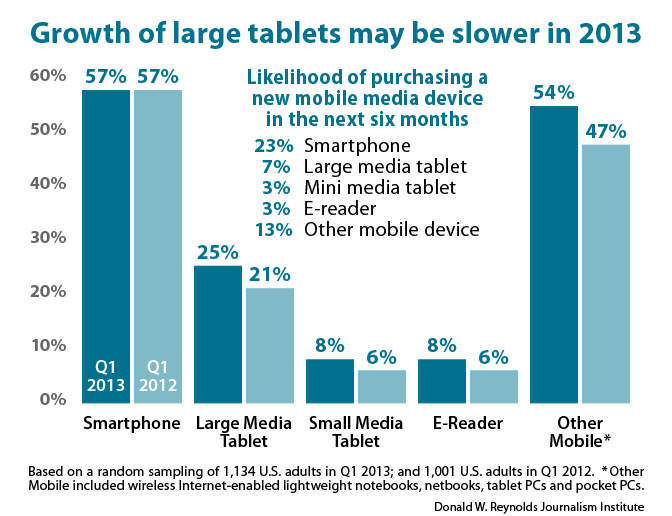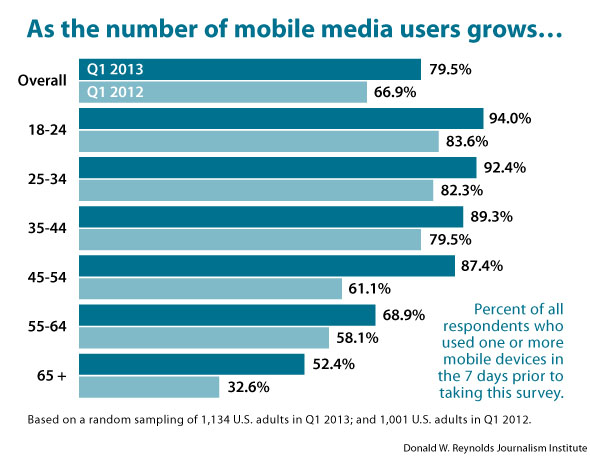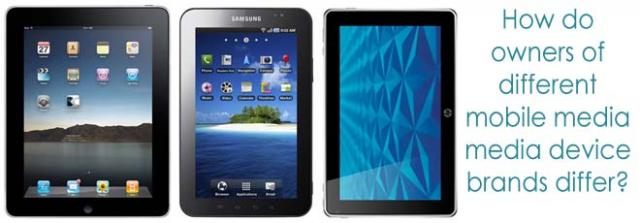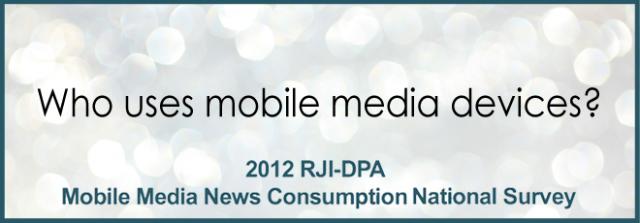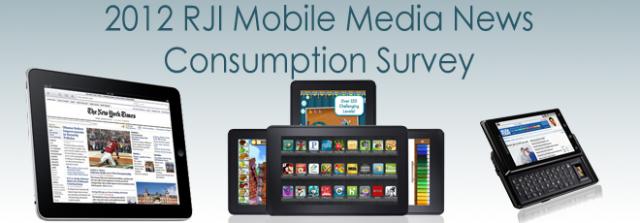
Research
Usage of downloaded news apps reveals some striking differences
The percent of all smartphone and/or tablet users who indicated that they had downloaded at least one news app jumped from about 30 percent in Q1 2012 to nearly 60 percent in Q1 2013. Among those who had used one or both mobile devices to consume news during the week prior to taking the surveys, … Continued
Usage of smartphones together with tablets for news has more than doubled
2013 RJI Mobile Media Research Report 3 This report examines the use of media tablets and smartphones for news. Respondents who had used a tablet and/or a smartphone during the week prior to taking the surveys increased by only three percentage points overall between Q1 2012 and Q1 2013. But within this grouping, the percentage … Continued
Media tablets now used by at least one-third of U.S. adults
2013 RJI Mobile Media Research Report 2 In the three years since Steve Jobs introduced the Apple iPad, at least one-third of U.S. adults has acquired media tablets, according to the results of our 2013 survey. The original large-format media tablets remain the most popular, but the new smartphones with larger displays and less-expensive mini … Continued
News consumption on mobile devices surpasses desktop computers, newspapers
A 2013 mobile news consumption survey indicated the most dramatic increase of mobile media users were over the age of 45. “I was most surprised by the rapid adoption of mobile media devices and their use for news in the past 12 months by people age 45 and older, especially among those who have been … Continued
News consumption on mobile media surpassing desktop computers and newspapers
2013 RJI Mobile Media Research Report 1 Nearly 80 percent of all respondents to our 2013 Q1 phone survey said that they had used at least one Internet-enabled mobile media device in the seven days prior to taking the survey. That represents a 13-percentage-point increase since last year when our survey found that two-thirds (67%) … Continued
Q5: How do mobile and non-mobile media users perceive the news media and journalists?
2012 RJI Mobile Media News Consumption Survey A majority of respondents overall — mobile media users and non-users — shared a generally favorable opinion of professional journalists, when asked if they agreed or disagreed with a series of statements on a five-point scale. That’s the good news. The bad news, or shall we say the “more thought-provoking news,” is that respondents … Continued
Q4: How do owners of different mobile media media device brands differ?
2012 RJI Mobile Media News Consumption Survey While many people have wished for one mobile media device that would do everything and satisfy everyone, their wish is unlikely to be realized. The trend clearly is toward owning multiple mobile devices and using them in different ways. However, as the number of device choices grow, age … Continued
Q2: What are owners doing with their mobile media devices?
2012 RJI Mobile Media News Consumption Survey The rapid adoption of Apple iPads and comparable large media tablets is clearly disrupting the way people engage with the digital world. Tablets also are fostering new media habits that are directly impacting news organizations worldwide. Journalists and news executives can take some encouragement from knowing that nearly … Continued
Q1: Who uses mobile media devices?
2012 RJI Mobile Media News Consumption Survey According to our findings, two-thirds of U.S. adults used at least one mobile media device in their daily lives during the first quarter of 2012. Smartphones and large media tablets are now the preferred mobile media devices. In the two years since Apple defined the large media tablet … Continued
2012 Mobile survey results
The staff of the RJI Insight and Survey Center interviewed more than 1,000 individuals randomly selected from phone number lists between January 17 and March 25, 2012, for RJI’s 2012 Mobile Media News Consumption Survey. More than half of the participants used a cell phone. No incentives were offered to participate in the survey. The … Continued
